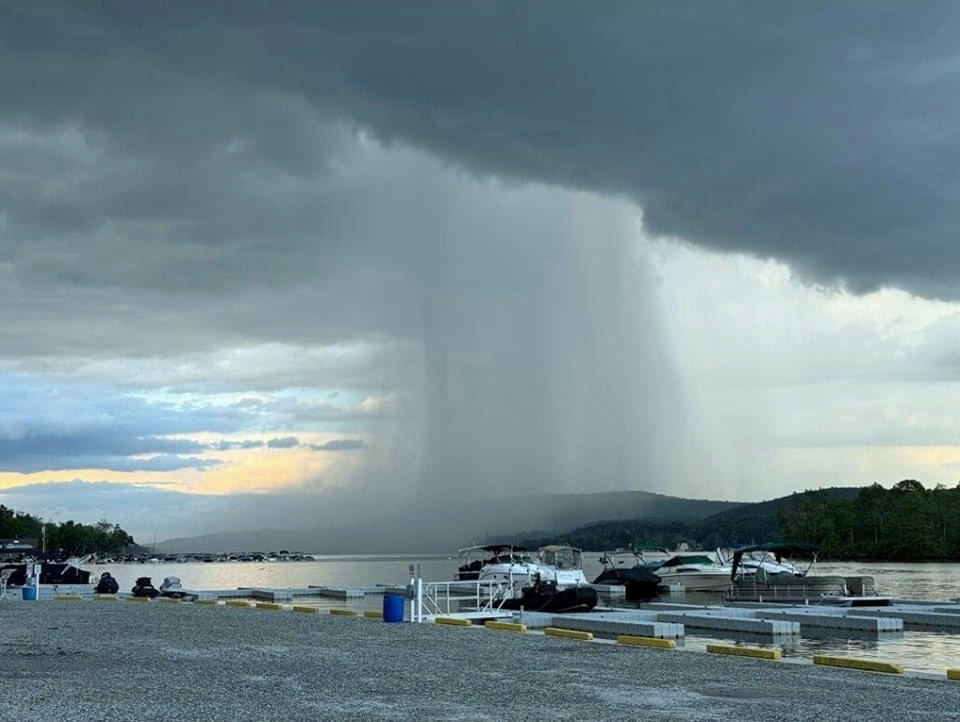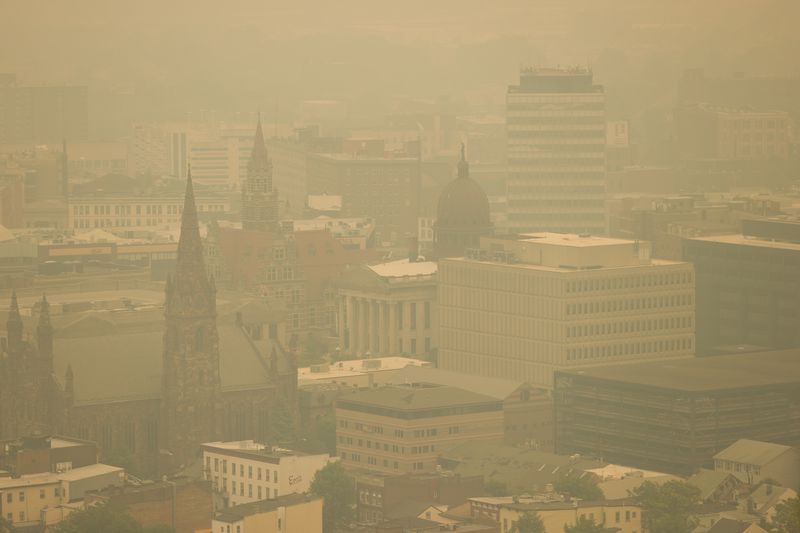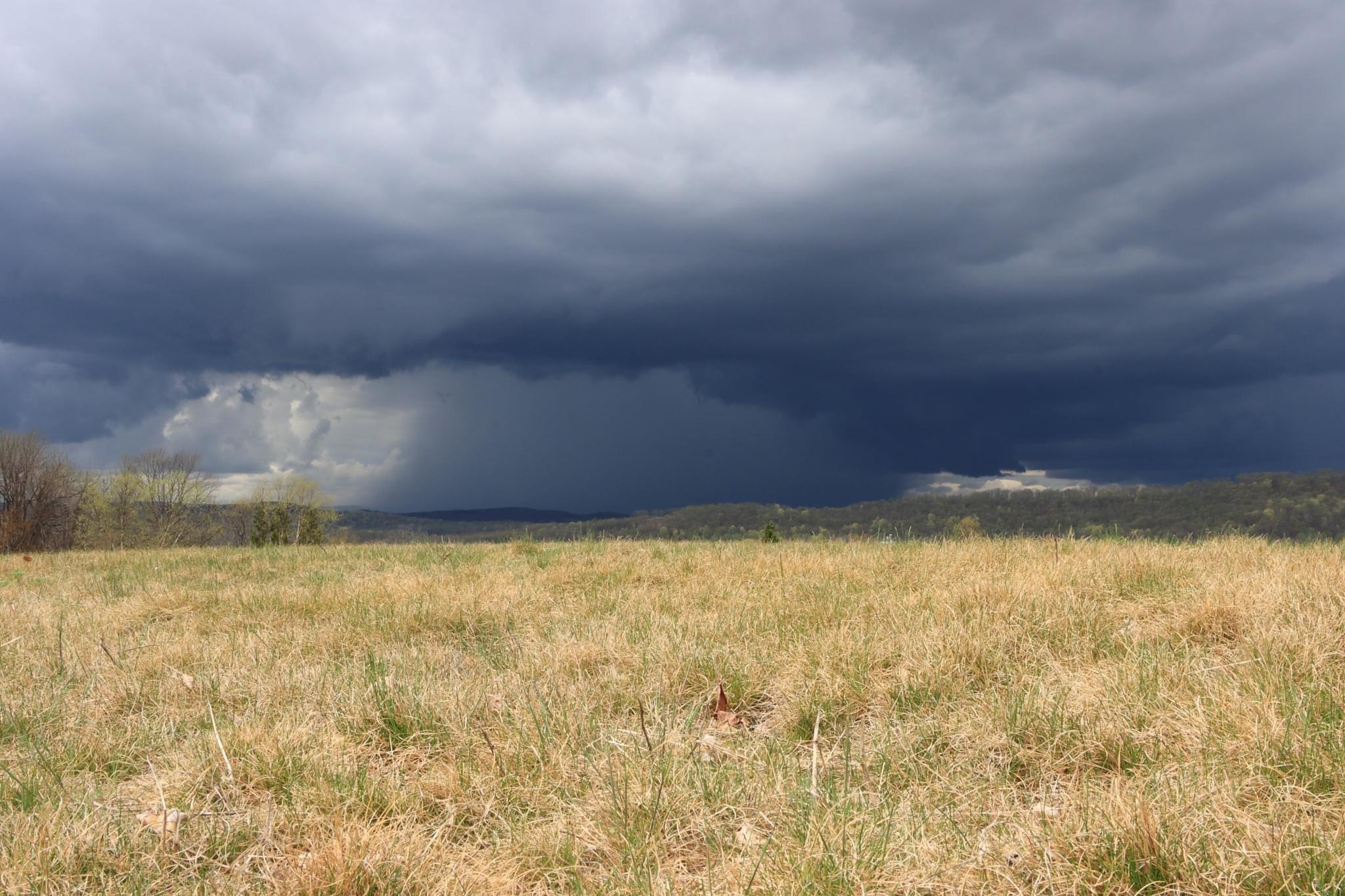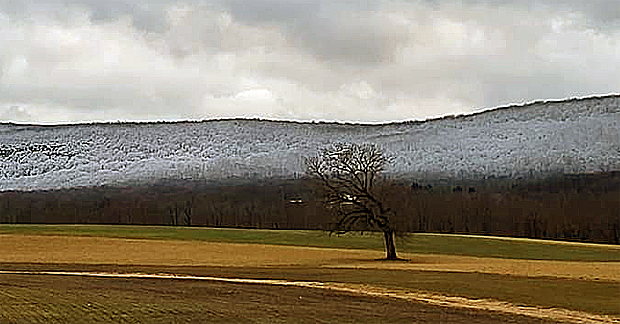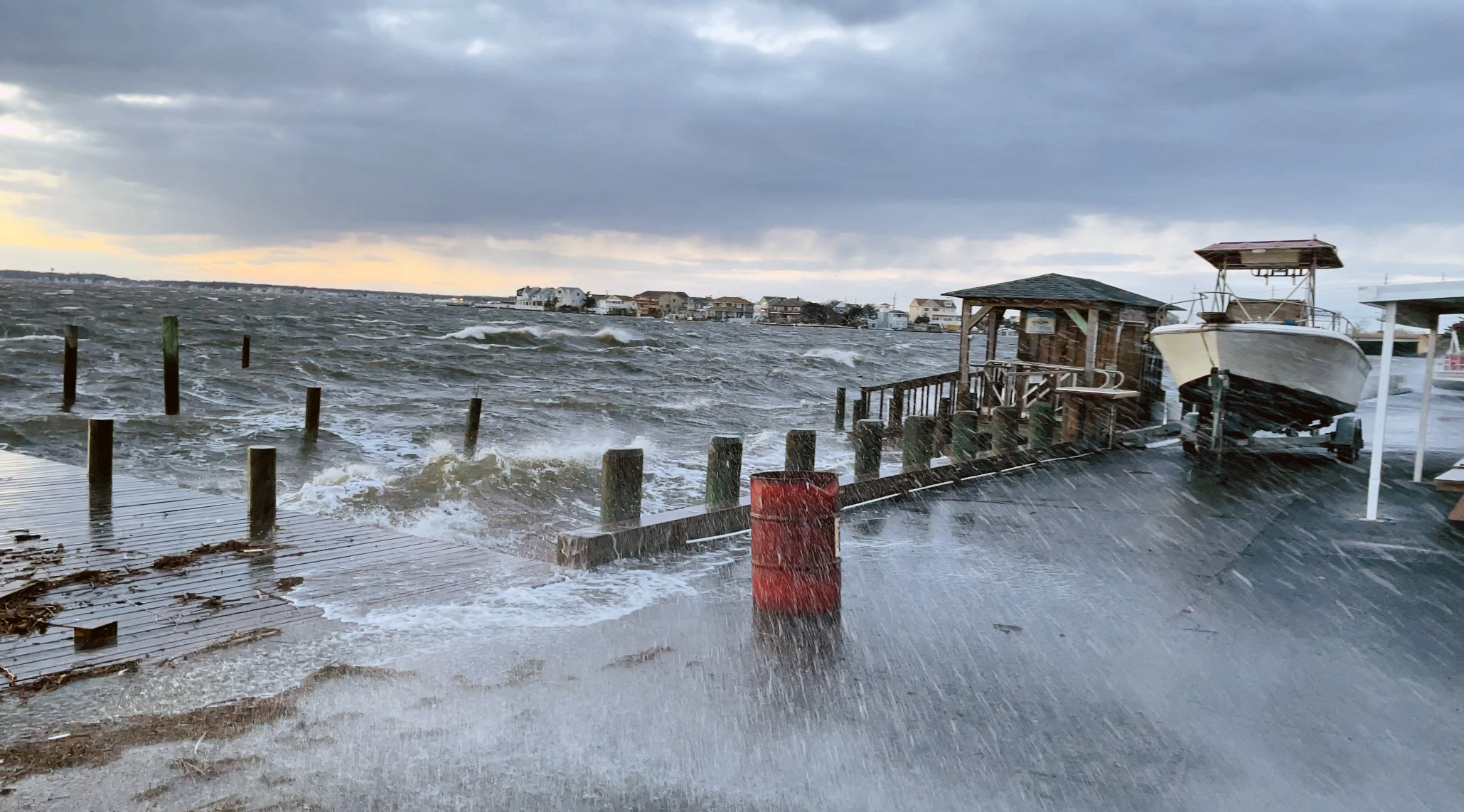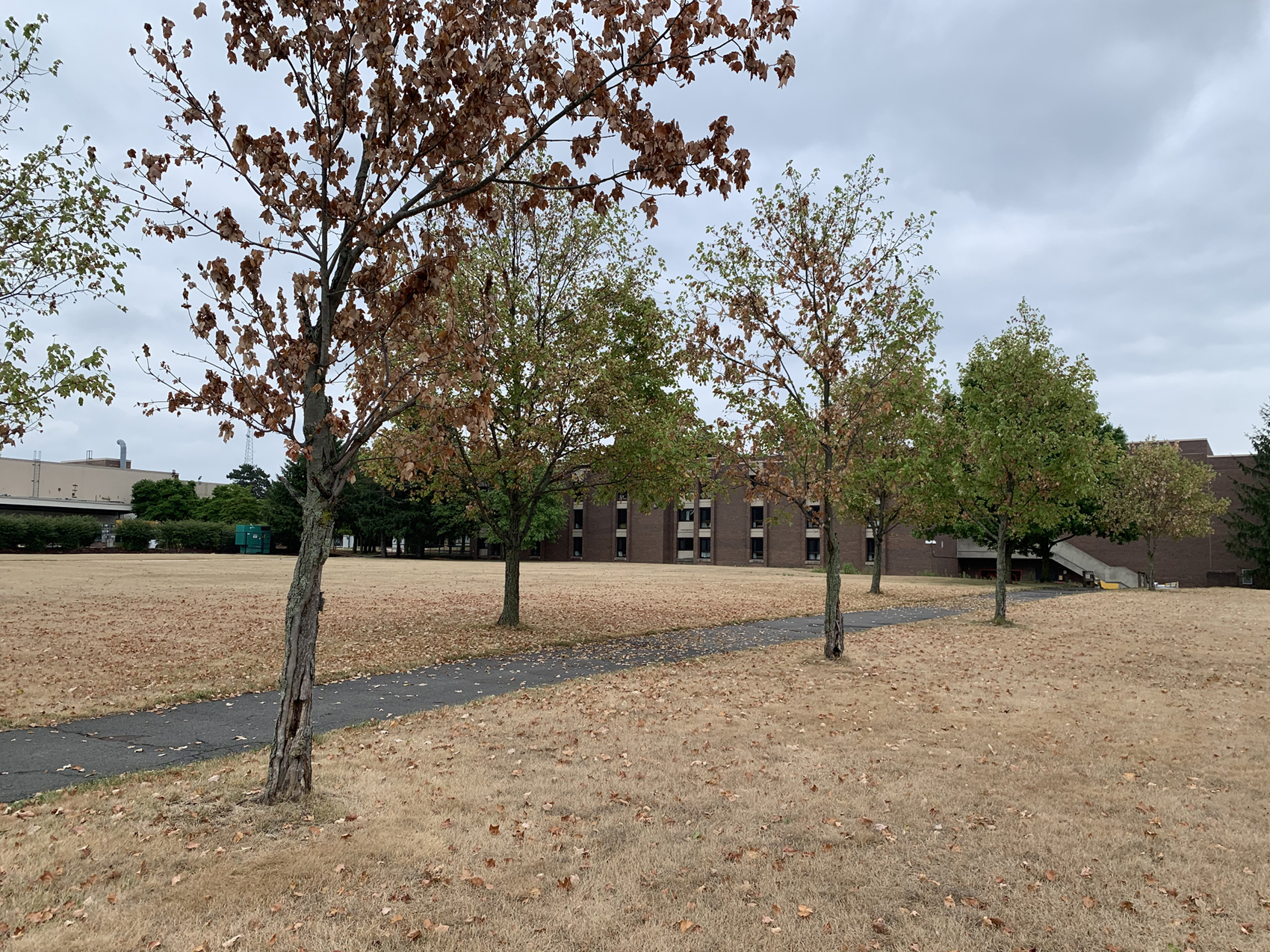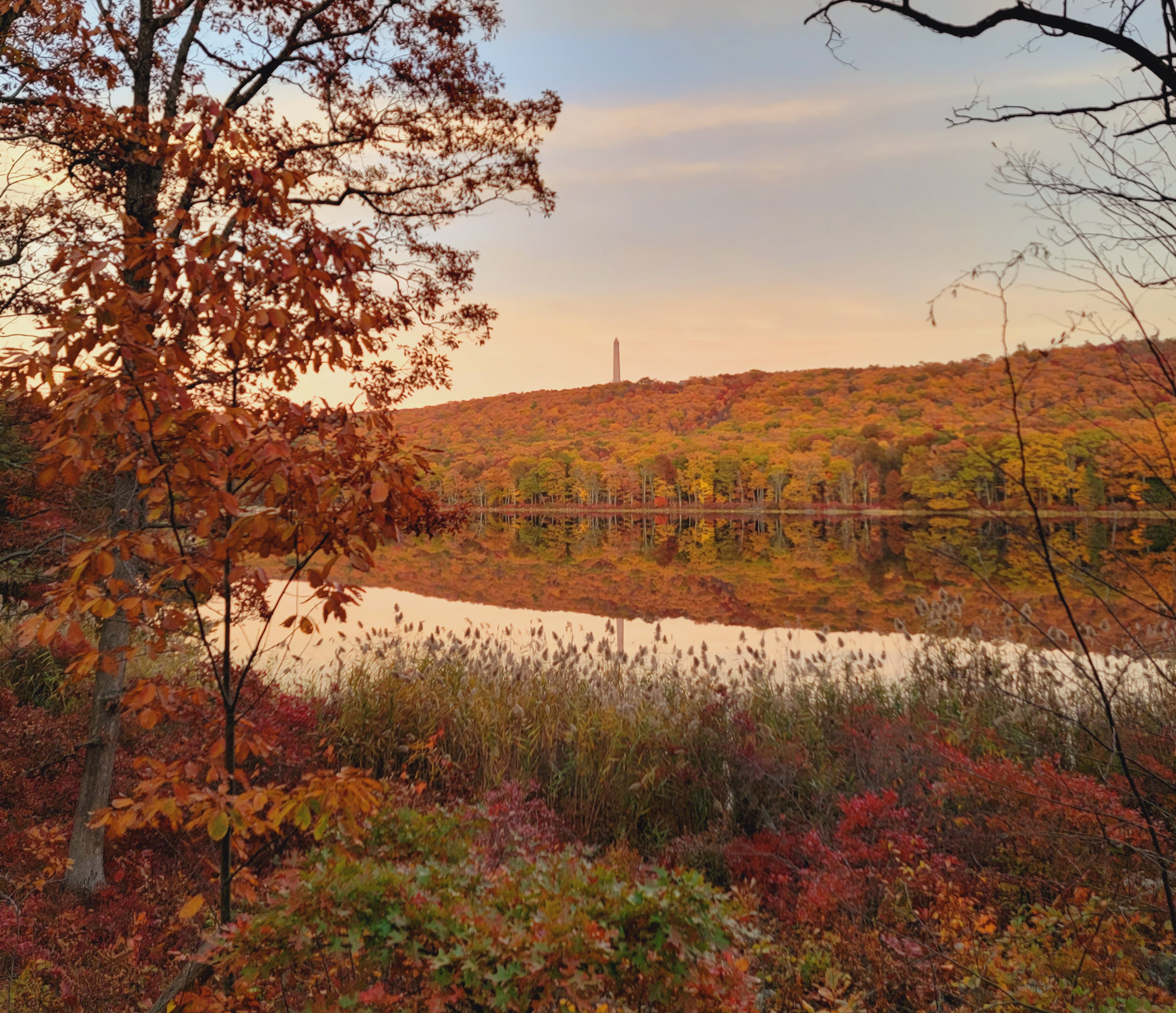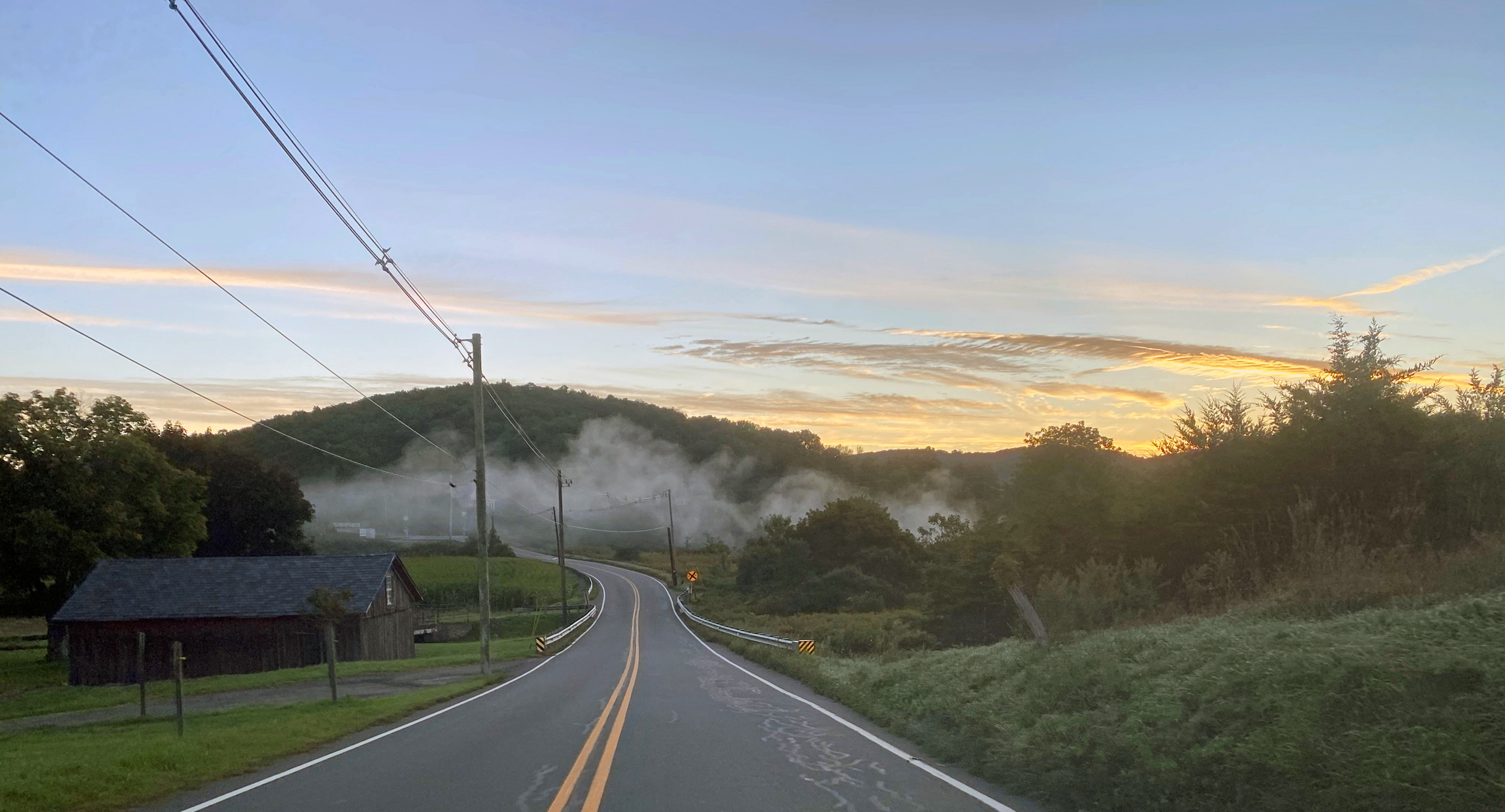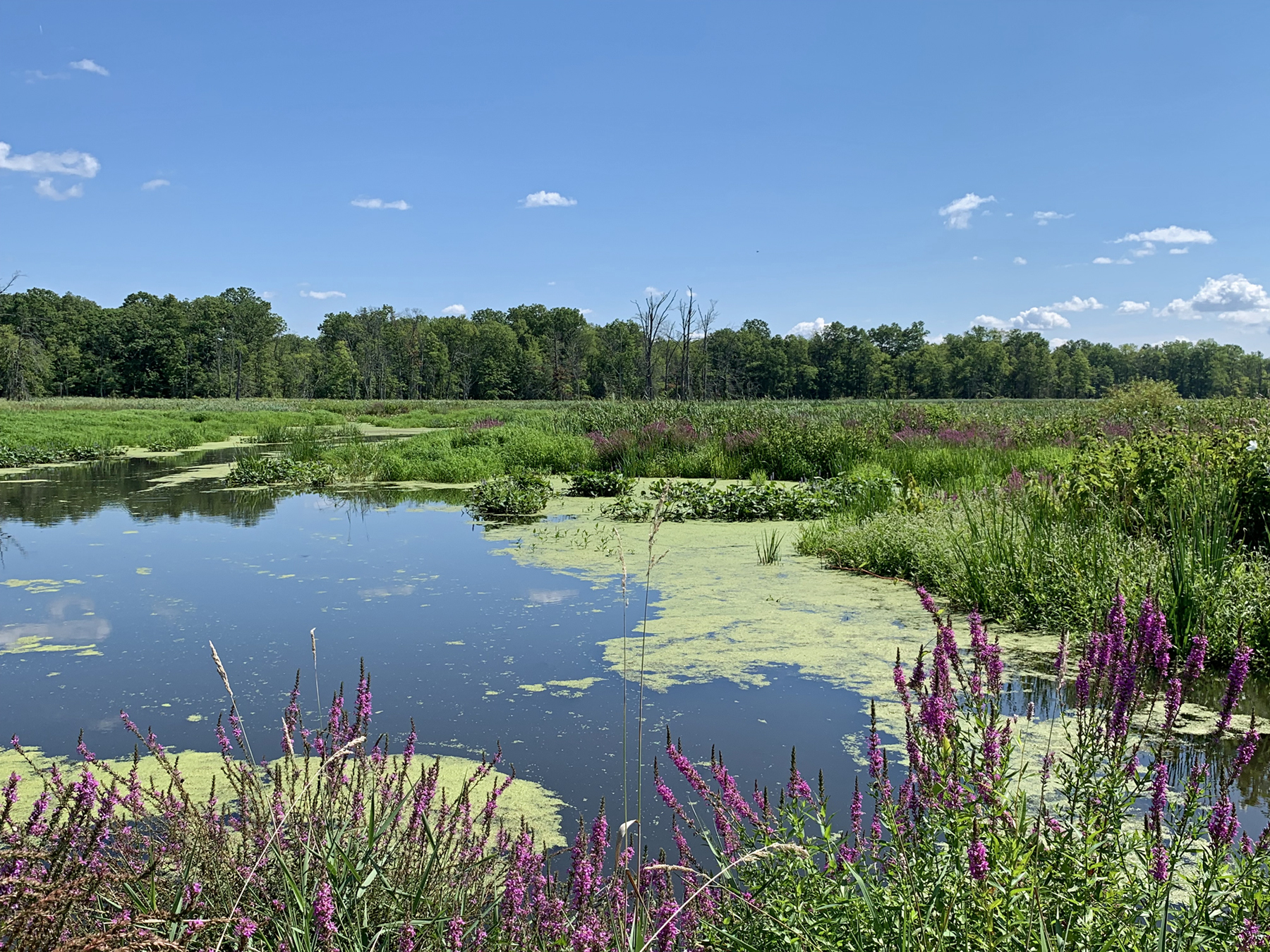An Atmospheric 180°: September 2024 Recap
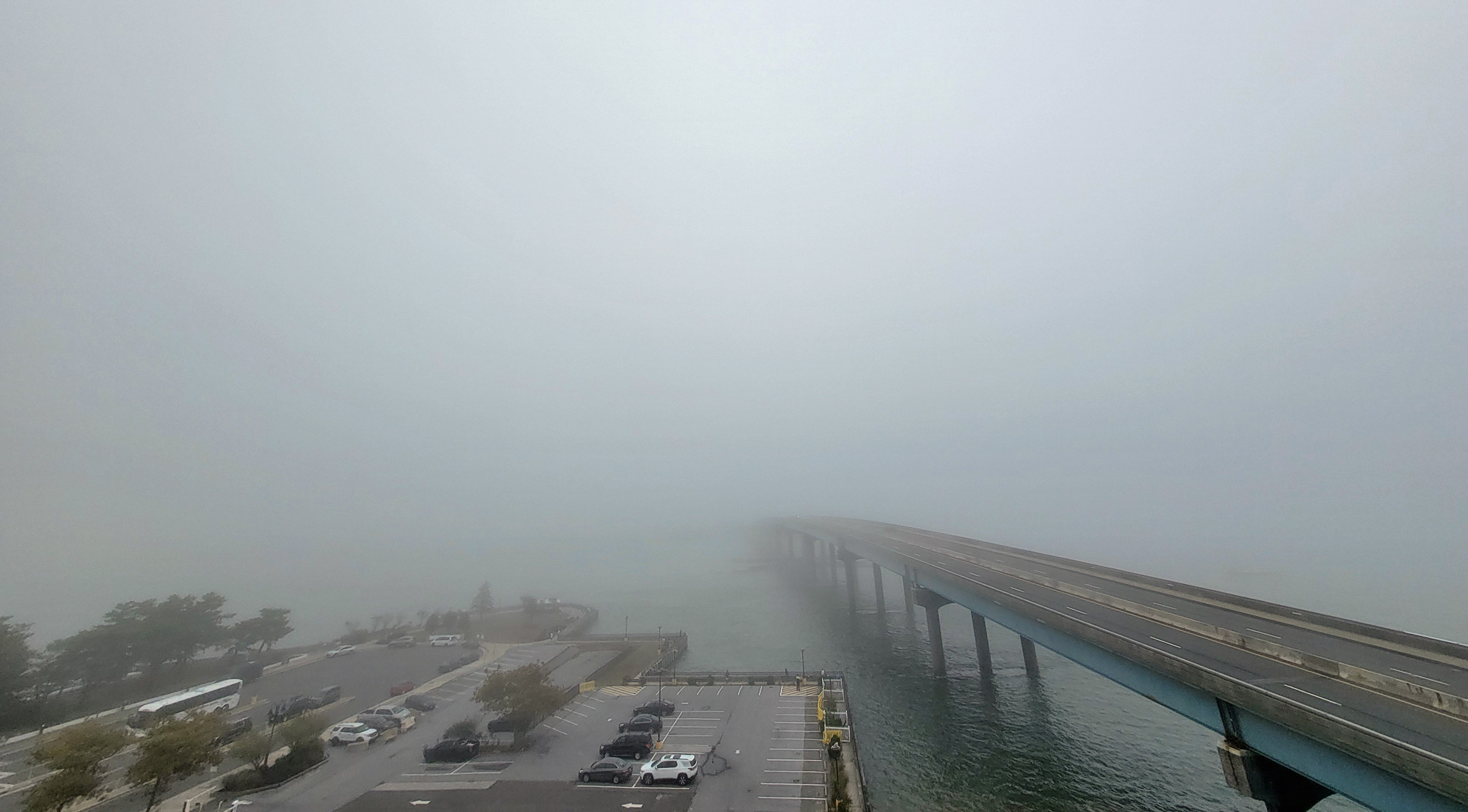
Perhaps the title for this month’s report has captured your attention. Hope so, because while September was a rather quiet month weather-wise for New Jersey, it certainly was an unusual one. As many of you reading this report know, the prevailing winds across the middle latitudes, including New Jersey, tend to be westerlies, comprised of winds blowing from west to east. However, an unusually persistent atmospheric pattern this past month resulted in easterly winds most often blowing across the state. This led to minor coastal flooding, rip currents, and foggy conditions along the coast, and to moderate air temperatures and exceedingly dry conditions throughout NJ.
Looking first at precipitation, the general absence of notable storms either of coastal, tropical, or thunderstorm varieties led to the 3rd driest September on record. With records back 130 years to 1895, the statewide average of 0.83” was only greater than 0.29” in 1941 and 0.38” in 1914. The month fell 3.33” below the 1991–2020 average. The northern climate division averaged 1.12” (-3.34”, 7th driest), southern division 0.63” (-3.36”, 3rd driest), and coastal division 0.94” (-2.95”, 6th driest).
NJ’s statewide average September temperature was quite close to its 1991–2020 normal, coming in at 67.0°, 0.1° above normal. This ranks 31st warmest of the past 130 years due to the most recent 30-year average period being considerably warmer than earlier decades of the 20th century. The average high temperature of 76.7° was 0.5° below normal and the average minimum of 57.3° was 0.7° above normal, both indicative of a month with a prevailing maritime influence. The north averaged 65.0° (+0.1°, 34th warmest), south 68.2° (+0.1°, 31st warmest), and coast 68.7° (no departure, 35th warmest).


